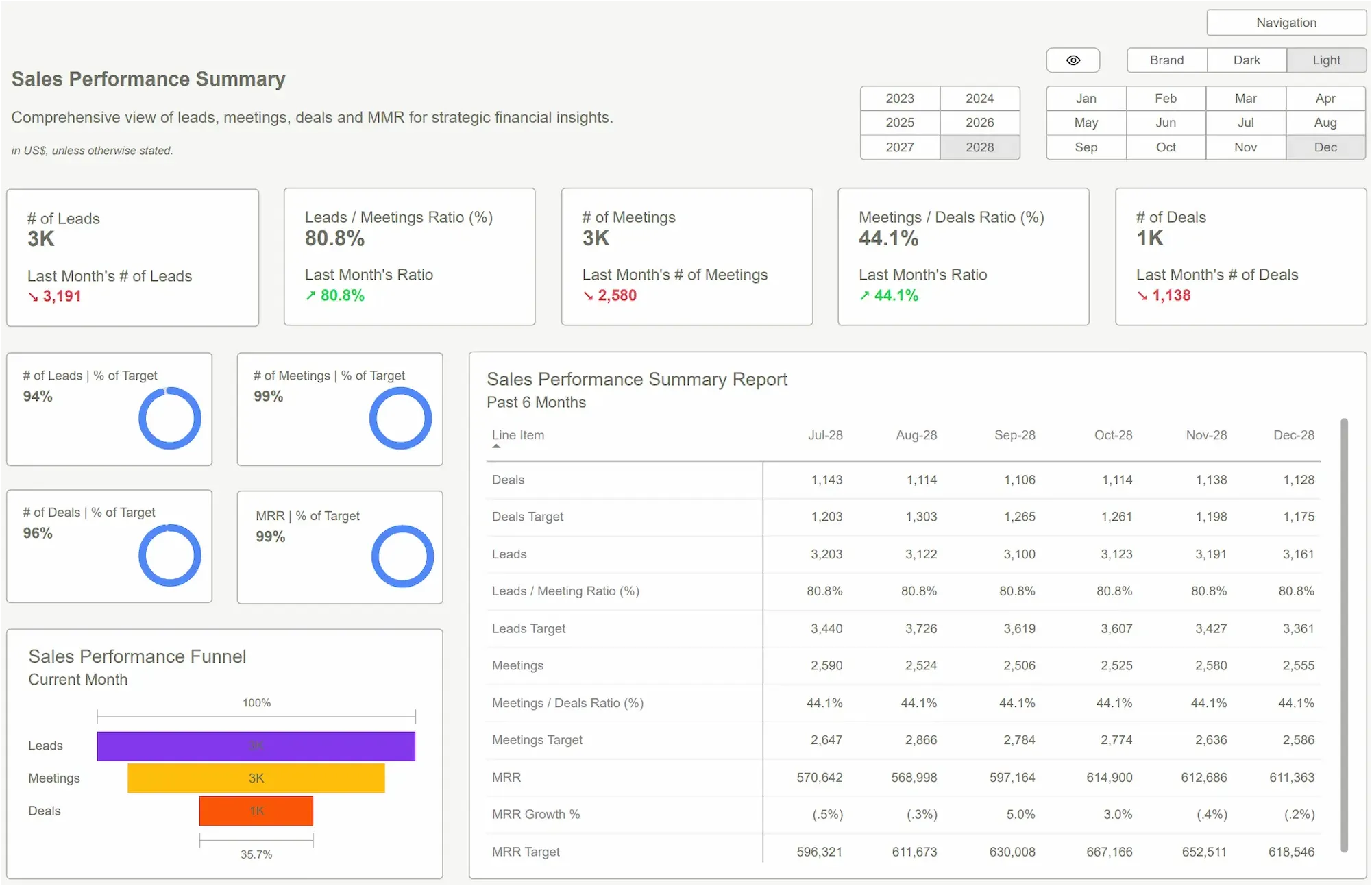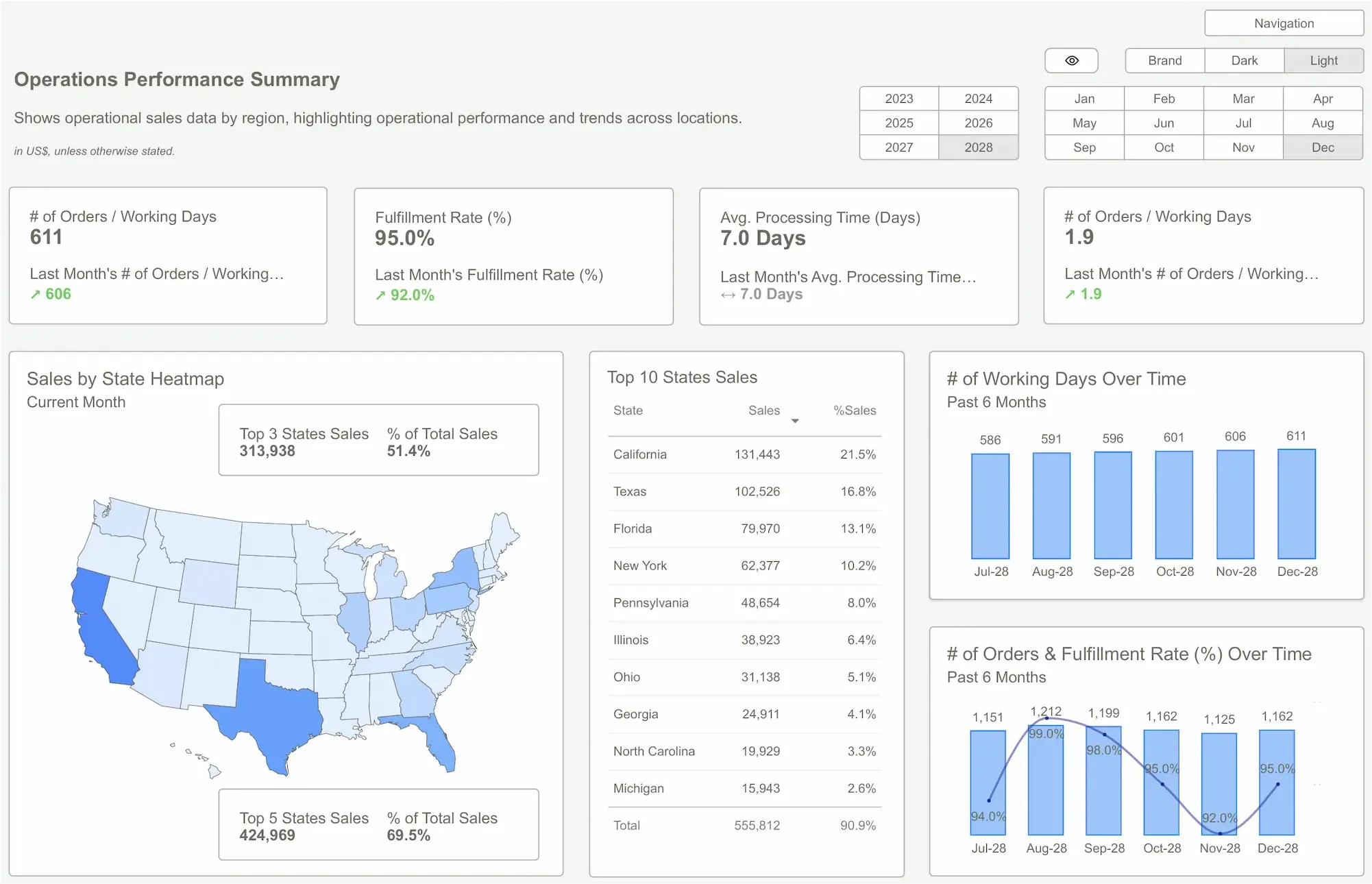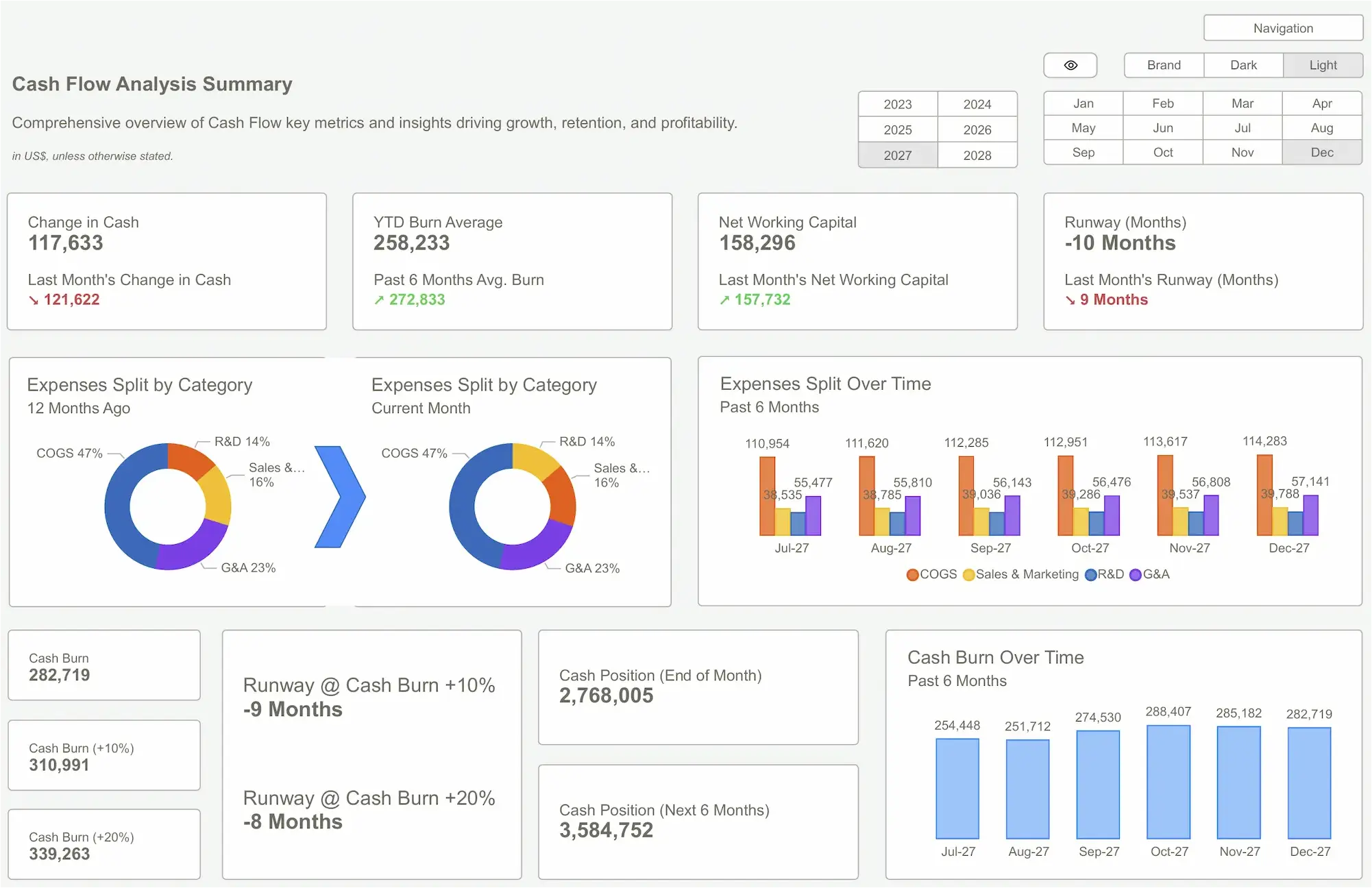Every startup graveyard is filled with companies that hit their fundraising targets but missed reality. They scaled on vanity metrics, celebrated top-line growth, and ignored the rot in their foundations. The "growth at all costs" mantra isn't just a strategy; it's a trap that has buried countless promising ventures.
The common misconception is that more data, a better dashboard, or another BI tool will provide the answer. But a dashboard is just a prettier rearview mirror. It shows you where you’ve been, not if your destination is a cliff. The real problem isn't a lack of data; it's the unexamined, often fatally flawed, assumptions your entire strategy is built upon.
Before you pour millions into a growth engine, you must stress-test its core components. A pre-scale forensic review isn't about checking boxes for auditors. It's about systematically dismantling your assumptions about hiring, pricing, customer acquisition, and go-to-market strategy to prevent catastrophic blind spots. It’s about ensuring the business you think you’re building is the one that actually exists.
Reveal the Real Problem
Why Your "Data-Driven" Strategy Is Actually Guesswork
You have the dashboards. You track your KPIs. You feel “data-driven.” But you’re likely just confirming your own biases with numbers that lack context. Founders, blinded by the pressure to grow, trust top-line figures without interrogating the unit economics that truly define viability.
This is where standard tools and thinking fail you:
- Dashboards show symptoms, not causes. A rising CAC is a symptom. A dashboard won’t tell you it’s because your best-performing ad creative just fatigued, or that your ideal customer profile is now saturated, forcing you into more expensive channels.
- Habits create inertia. You stick with the pricing model that got you your first 100 customers, assuming it will work for the next 10,000. You hire based on a plan from six months ago, ignoring that market realities have shifted.
- Generic advice misses the mark. A VC partner tells you to “pour gas on the fire.” But what if the fire is just a pile of cash you’re burning through with low-value, high-churn customers?
The symptoms are everywhere once you know where to look: a “healthy” LTV:CAC ratio based on projections, not actual cohort behavior; a hiring plan that assumes developer productivity will magically increase with team size; a sales forecast built on an unproven channel. You're not making data-driven decisions; you're making hope-based guesses and dressing them up in charts.
 Forensic Accounting
Forensic AccountingReframe the Thinking
From Financial Reporting to Financial Interrogation
Stop thinking like a bookkeeper and start thinking like an interrogator. A bookkeeper reports what happened. An interrogator finds out why it happened and if it’s a lie. This shift is the essence of applying forensic accounting proactively—not to find fraud, but to find flawed logic before it bankrupts you.
Think of it as a strategic pre-mortem. You wouldn’t build a skyscraper on untested soil. So why are you building a multi-million dollar company on untested assumptions?
Here’s the difference in thinking:
- Flawed Thinking: “Our CAC is $150.”
- Forensic Thinking: “Our blended CAC is $150, but it’s driven by a $50 CAC for a high-churn, low-value segment and a $500 CAC for the enterprise clients who are our only profitable cohort. Our blended CAC is a dangerous fiction.”
- Flawed Thinking: “We need to hire 15 salespeople this year to hit our revenue target.”
- Forensic Thinking: “Our top two reps are closing 80% of all new revenue. The other five are underperforming. Hiring 15 more without fixing the performance, onboarding, and lead quality issues will just multiply our burn, not our revenue.”
This isn't about spreadsheets; it's about survival. It’s a disciplined process of questioning every number your GTM strategy depends on. It's the critical step between having a business model on paper and having one that works in the real world.
 Your CRM and Your P&L Are Having Two Different Conversations
Your CRM and Your P&L Are Having Two Different ConversationsWhat Good Looks Like
The Anatomy of a Pre-Scale Forensic Audit
Clarity isn't abstract. It's a tangible, strategic asset that changes your decisions and saves you millions. Let's walk through what this transformation looks like.
Before: The Fog of Growth
You're preparing for a Series B. Your deck proudly displays a 3.5x LTV:CAC ratio. The plan is to raise $20M and pour it into your primary acquisition channel: paid social. The board is excited. The numbers look clean. But you have a nagging feeling that churn is a bit high and sales cycles are lengthening.
The Audit: A Dose of Reality
A forensic audit doesn't just look at the final ratio. It dismantles it.
- LTV Deconstruction: We analyze LTV by cohort and find that the impressive average is skewed by a handful of hyper-successful early customers. Newer cohorts are churning 40% faster. Your real, forward-looking LTV is less than half of what's in your deck.
- CAC Interrogation: We break down your paid social spend. We discover the “cheap” leads are precisely the ones churning fastest. The customers with high LTV actually came from expensive industry events and direct outreach—channels you were planning to cut.
- The Truth: Your actual LTV:CAC for your good customers is closer to 1.5x. Your growth engine isn't a well-oiled machine; it's a cash incinerator.
After: Strategic Clarity
Armed with this insight, you don't walk into the Series B. You postpone it. You slash the budget for paid social and reallocate it to a small, focused team for events and targeted outreach. You re-engineer your onboarding to fight the churn in newer cohorts. Six months later, your metrics are less vanity, more sanity. You raise a smarter, more confident round on a plan that is now bulletproof because it has survived a rigorous interrogation.
 Accounting | FTI Technology – Investigations: Technology & Forensic AccountingData Analytics Consulting
Accounting | FTI Technology – Investigations: Technology & Forensic AccountingData Analytics ConsultingConclusion
Stop Building on Hope. Start Building on Proof.
The move from startup to scale-up is the most dangerous phase in a company’s life. It’s where bad assumptions, previously small errors, are amplified by capital and headcount into company-killing disasters. The path to durable growth isn't paved with more dashboards, bigger spreadsheets, or cheerleading from investors. It's paved with brutal, uncomfortable honesty about what is truly working and what isn't.
This is the work of strategic forensic accounting—using its rigorous, investigative mindset to de-risk your future. You must have the courage to question the very numbers that got you here, because they are rarely the ones that will get you where you need to go. As a founder or CEO, your most important job is to separate fiction from financial reality. The cost of a thorough assumption audit is a rounding error compared to the cost of scaling a lie.
The time to find the cracks in your foundation is now. Before the next fundraise. Before the next hiring spree. Before growth makes them impossible to fix.
Still unsure? Send us your dashboard, and we’ll tell you what it’s not saying. We help you find the questions you don’t even know to ask—and the answers that will define your future.Get Started >
Ready to Unlock The Full Power of Clarity?
Explore our engagement options and pick the plan that fits your workflow.




